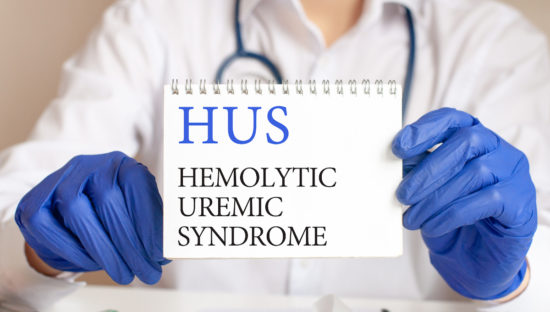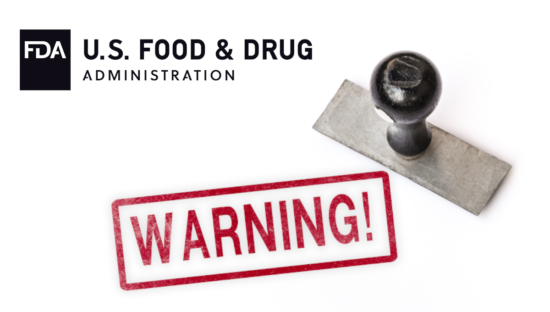More than 60 cases of a serious condition that can develop after an E. coli infection were reported over a 12-month period in Italy.
Hemolytic uremic syndrome (HUS) is a severe complication associated with E. coli infections that can cause kidney failure, brain damage and death.
Between April 2024 and March 2025, 61 cases of HUS were recorded. Of these, 59 were people younger than 15. Patients came from 17 regions of the country.
The median age of patients at clinical onset for cases recorded in the period covered was 40.7 months.
Italian data shows there were 57 HUS cases in 2024.
The Italian Hemolytic Uremic Syndrome Registry is operated by the Italian Society of Pediatric Nephrology and the National Institute of Health (ISS). It collects information on cases that occur in Italy, information on patients, clinical characteristics and causes.
E. coli O26 importance
In the first three months of 2025, the seven of the HUS cases reported were in line with expectations. A similar situation was observed in the spring (April to June) and autumn (October to December) quarters of 2024. In the summer of 2024 from July to September, the recorded 25 cases are lower than the seasonal expectation.
In four cases, HUS was reported in patients living abroad. Three cases developed HUS outside of Italy and were transferred to the country for medical care, while one patient had symptoms during a stay in Italy.
In six cases, the disease onset appeared after returning from a trip abroad: three patients had been to Egypt and the others mentioned France, Romania, and Tanzania.
In the 12 months assessed, samples were examined from 56 of the 61 HUS cases. Shiga toxin-producing E. coli (STEC) infection was detected in 48 cases.
In 43 HUS cases, information on serogroup was obtained. Cases with infections associated with the so-called top serogroups O26, O157, O111, O145, and O103 were the majority, representing 41 infections.
In two cases, there was evidence of multiple infections with different serogroups (O111 and O103 as well as O111 and O145). The most frequently detected serogroup among HUS cases was STEC O26. It was identified in 18 patients.
(To sign up for a free subscription to Food Safety News, click here)



